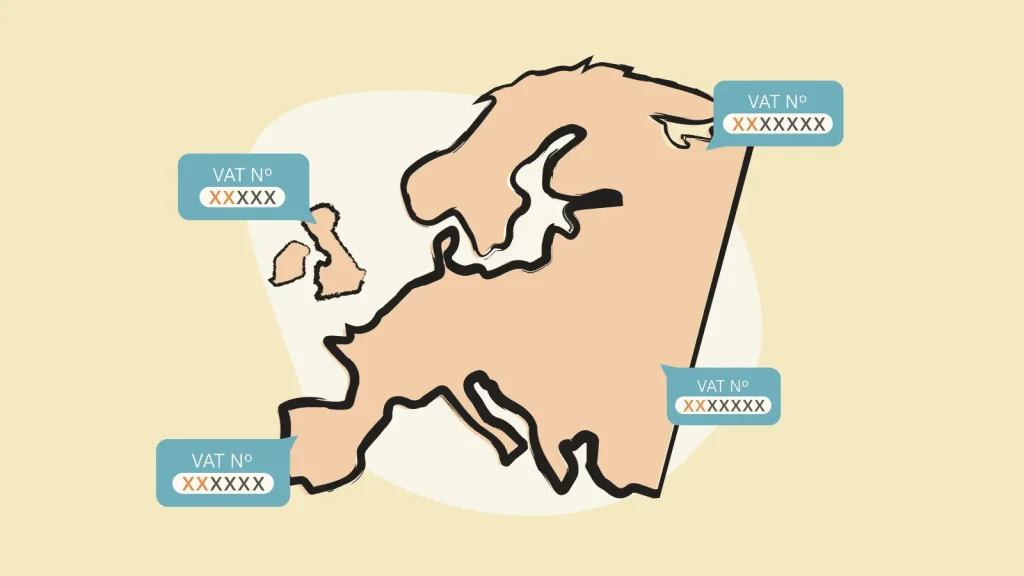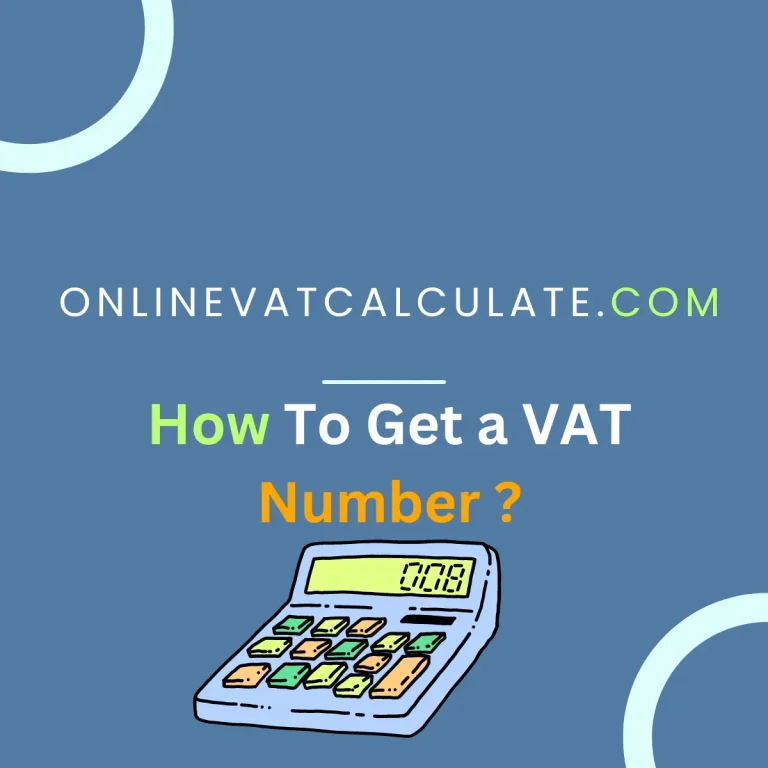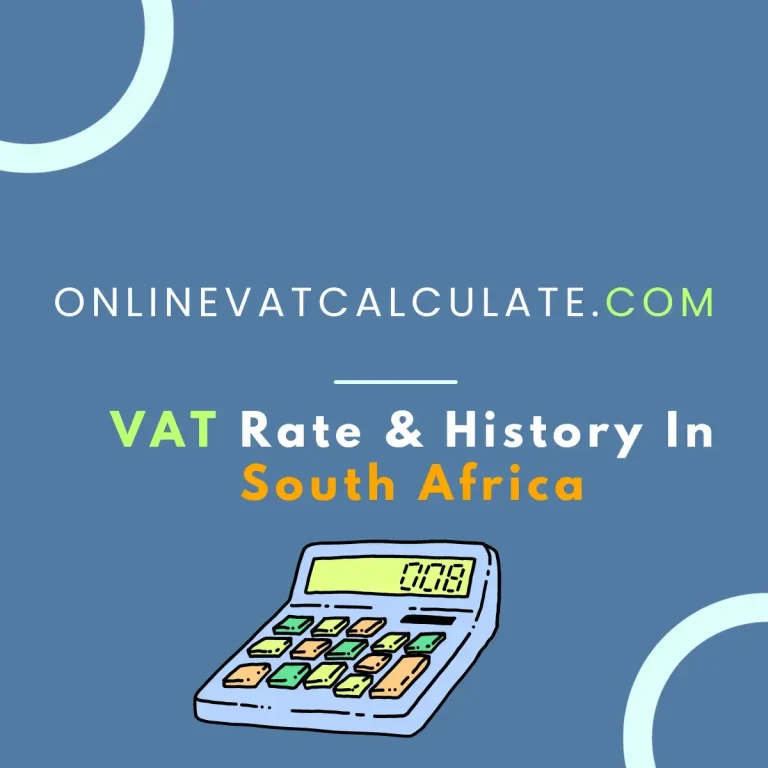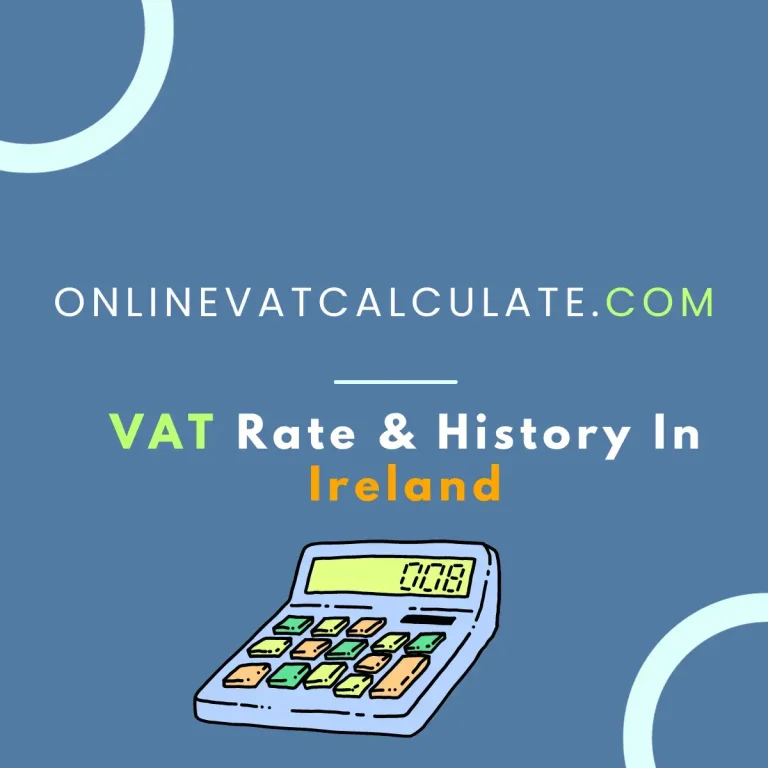What Is a VAT Number?
The VAT Number is usually the first step for a growing business when they want to grow and follow tax rules in the European Union. A VAT number is a registered identification number in VAT tax that follows the rules of Value Added Tax (VAT).
You will have to get a VAT number when you are not physically available in a country but you still have trading activities in that region. For example if you want to buy any product in Netherland from a local supplier and want to sell those local product to Netherland local customers (the products do not leave the Netherland region) you will need a Netherland VAT number even if you are not physically present in Netherland.

How Does a VAT Number Look Like?
VAT Numbers can be different from country to country but they have one general similarity between them and that is; the country code followed by some other characters.
This number is allocate when you register your business for taxes. The number will appear on the tax registration documents you receive from the member state where you’ve registered. The registration number can have between 4 and 15 digits total. It starts with the two-digit country code (e.g.- DE for Germany or IT for Italy), followed by 2-13 other characters.
All EU VAT ID NUMBER FORMATS
| Country | Country code | Format | Characters | Notes |
|---|---|---|---|---|
| Austria | AT | U12345678 | 9 characters | 9 characters; the first character is always a ‘U’ |
| Belgium | BE | 1234567890 | 10 characters | Prefix with zero ‘0’ if the customer provides a 9-digit VAT number |
| Bulgaria | BG | 123456789, 1234567890 | 9 or 10 characters | – |
| Croatia | HR | 12345678901 | 11 characters | – |
| Cyprus | CY | 12345678X | 9 characters | The last character must always be a letter |
| Czech Republic | CZ | 12345678 123456789 1234567890 | 8, 9, or 10 characters | If more than 10 characters are provided, delete the first 3 |
| Denmark | DK | 12345678 | 8 characters | – |
| Estonia | EE | 123456789 | 9 characters | – |
| Finland | FI | 12345678 | 8 characters | – |
| France | FR | 12345678901, X1234567890 1X123456789, XX123456789 | 11 characters | Could include alphabetical characters (all but O or I) as the first or second or first and second characters |
| Germany | DE | 123456789 | 9 characters | – |
| Greece | EL | 123456789 | 9 characters | – |
| Hungary | HU | 12345678 | 8 characters | – |
| Ireland | IE | 1234567WA (companies) 1234567FA (individuals) | 8 or 9 characters | Includes one or two alphabetical characters (last, or second and last, or last 2) |
| Italy | IT | 12345678901 | 11 characters | – |
| Latvia | LV | 12345678901 | 11 characters | – |
| Lithuania | LT | 123456789 123456789012 | 9 or 12 characters | – |
| Luxembourg | LU | 12345678 | 8 characters | – |
| Malta | MT | 12345678 | 8 characters | – |
| Netherlands | NL | 123456789B01 or 123456789BO2 | 12 characters | The 10th character is always going to be a “B”. Companies forming a VAT Group have the suffix BO2 |
| Poland | PL | 1234567890 | 10 characters | – |
| Portugal | PT | 123456789 | 9 characters | – |
| Romania | RO | 1234567890 | 10 characters | – |
| Slovakia | SK | 1234567890 | 10 characters | – |
| Slovenia | SI | 12345678 | 8 characters | – |
| Spain | ES | X12345678 12345678X X1234567X | 9 characters | Includes 1 or 2 alphabetical characters (first or last or first and last) |
| Sweden | SE | 123456789012 | 12 characters | – |
ALSO READ: What is VAT Threshold?
ALSO READ: How to register VAT?
ALSO READ: VAT Rates in European Countries
ALSO READ: VAT Rates in non European Countries



